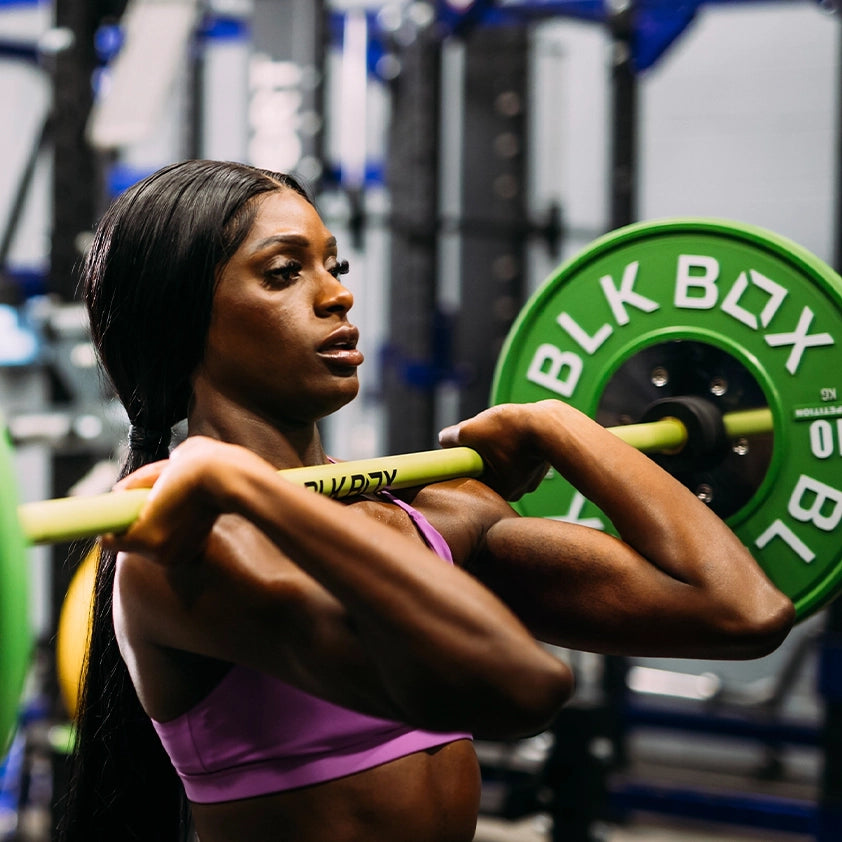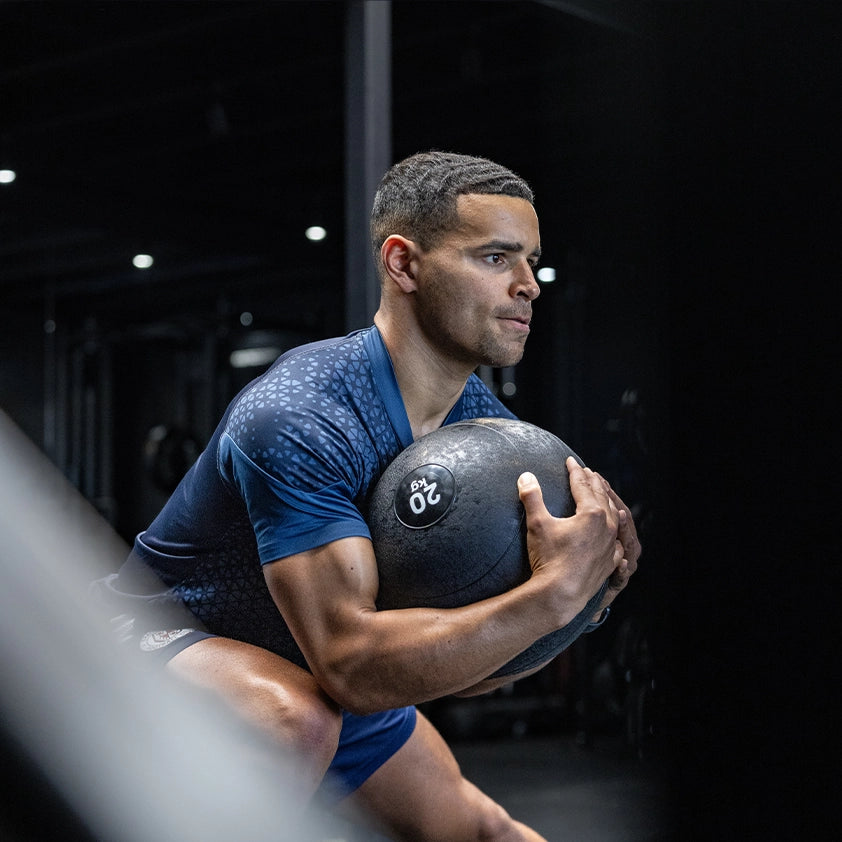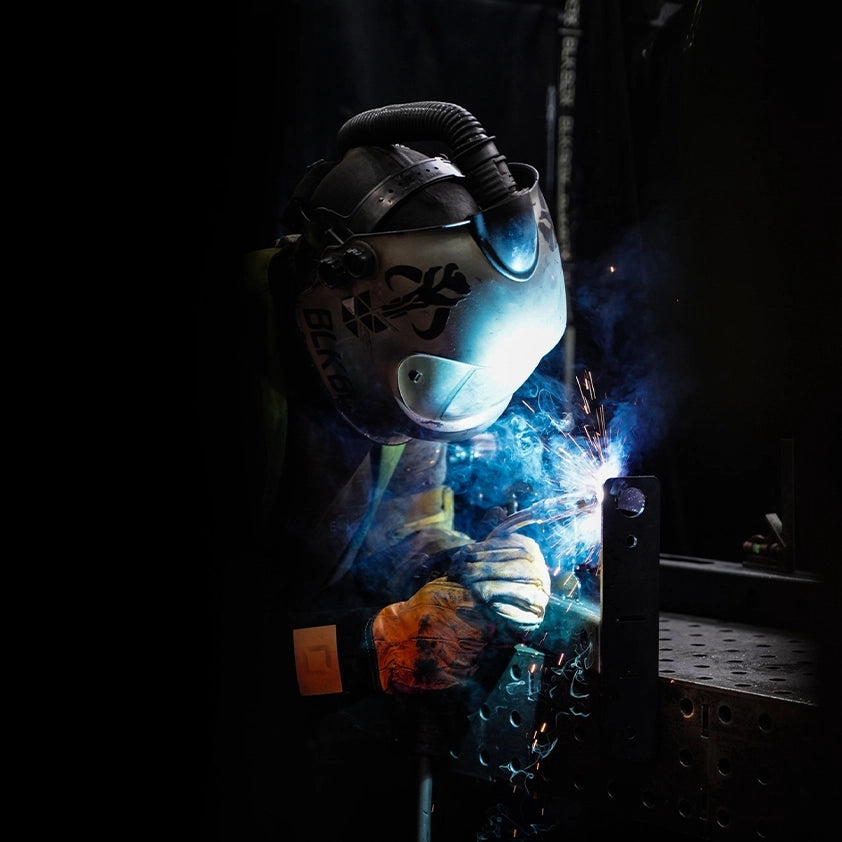Unilateral vs Bilateral Leg Press: Which is Best for Your Training?
 In strength training, choosing the right movement pattern can make all the difference. When it comes to the leg press, understanding the benefits of unilateral versus bilateral execution is key to unlocking your lower body potential.
In strength training, choosing the right movement pattern can make all the difference. When it comes to the leg press, understanding the benefits of unilateral versus bilateral execution is key to unlocking your lower body potential.
Unilateral Leg Press (Single Leg)
Best for: Addressing muscular imbalances, joint stability, and injury prevention.
Unilateral leg pressing allows each leg to work independently, reducing reliance on the dominant side and improving motor control. It's a staple in rehab settings and sport-specific training.
Bilateral Leg Press (Both Legs Together)
Best for: Maximal strength and hypertrophy.
Using both legs together means you can move more load. This is crucial for athletes aiming to develop raw power and muscular size—especially in the quads and glutes.
Why Not Do Both?
The best programmes often include a combination of unilateral and bilateral work to optimise strength, balance, and coordination. That’s where modern leg press machines with independent cradles come into their own.
The BLK BOX Bilateral Leg Press, for instance, allows users to switch seamlessly between single-leg and double-leg training. Its cradle design ensures smooth motion and realistic weight loading, making it a great option for both isolated development and performance-based training.















